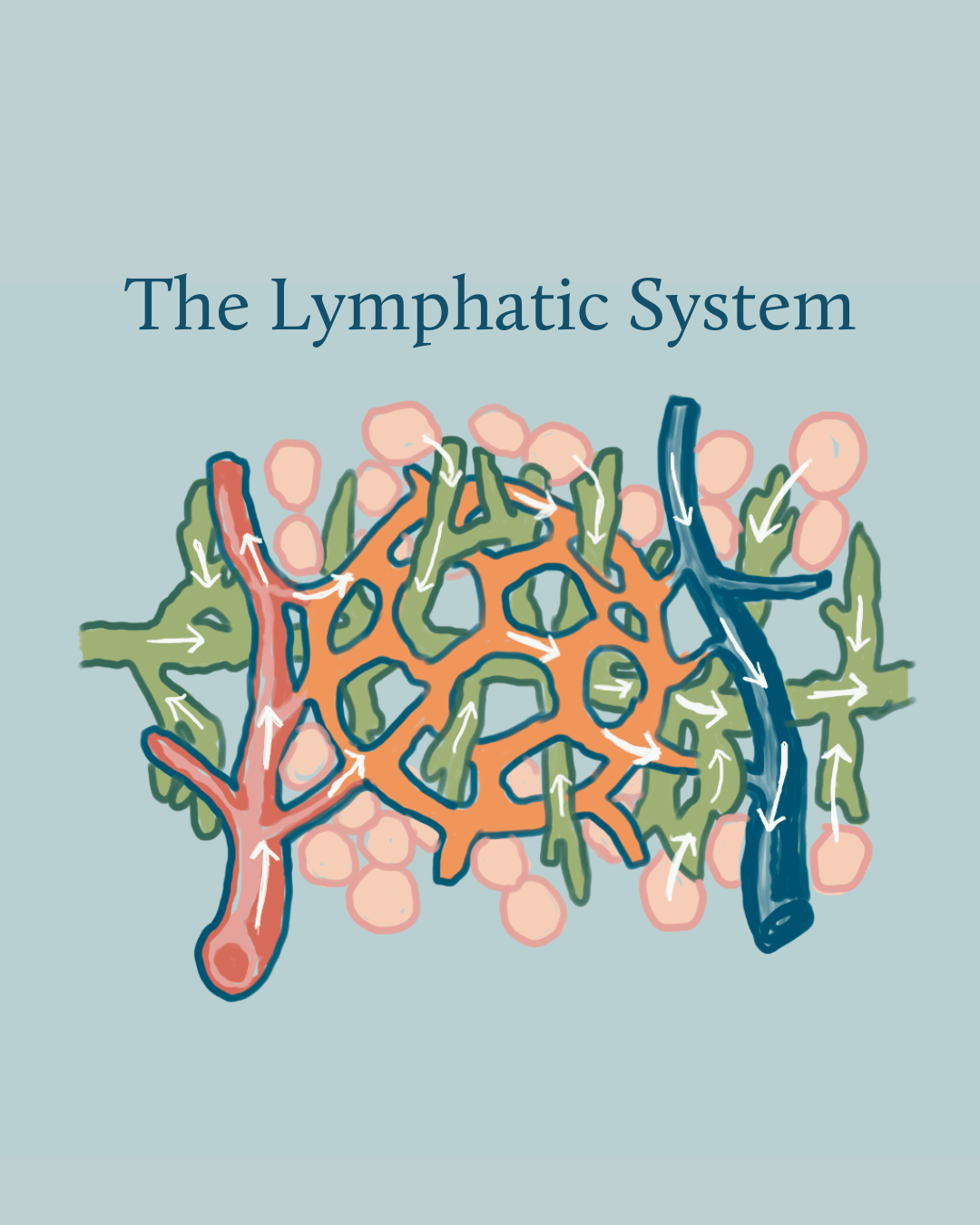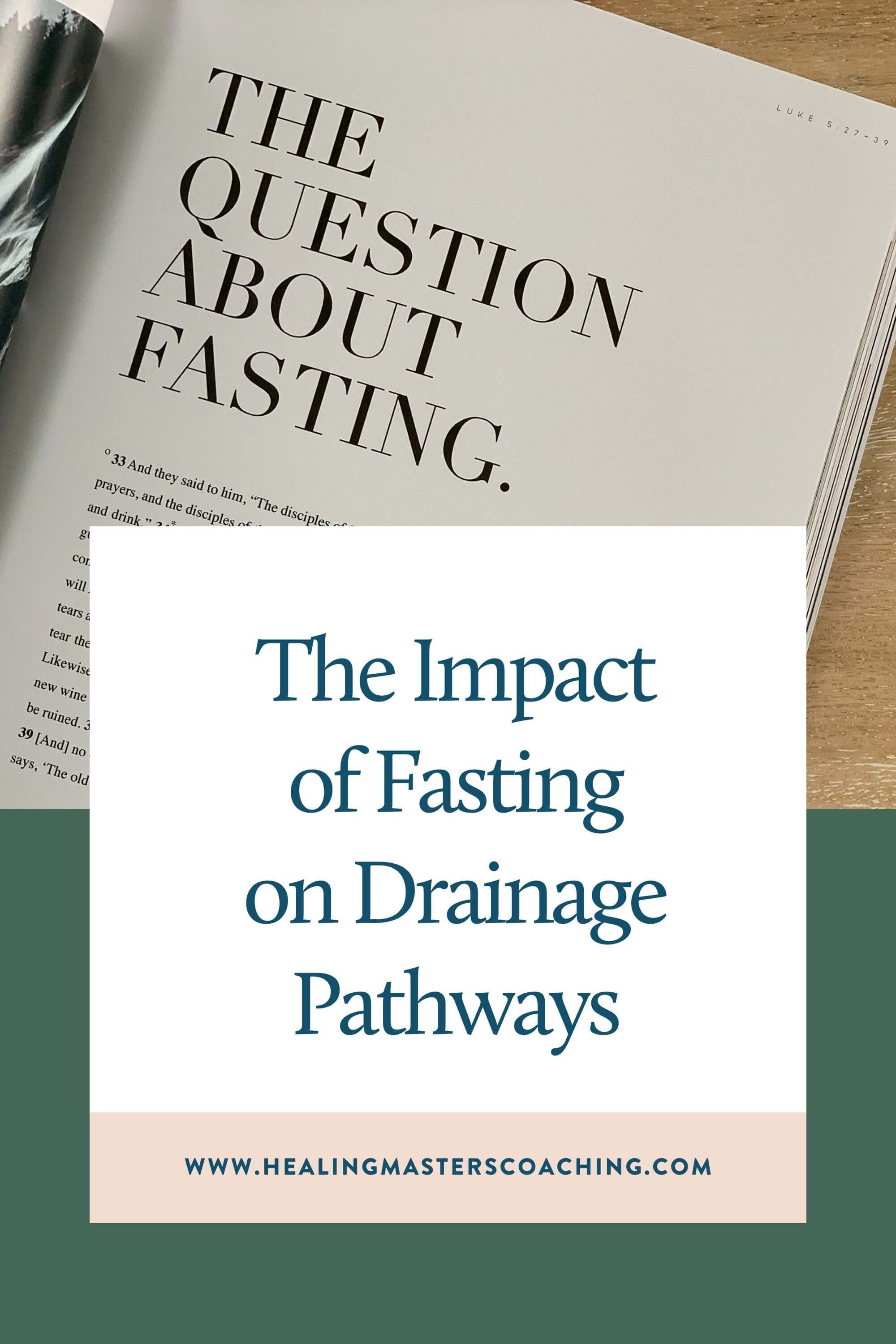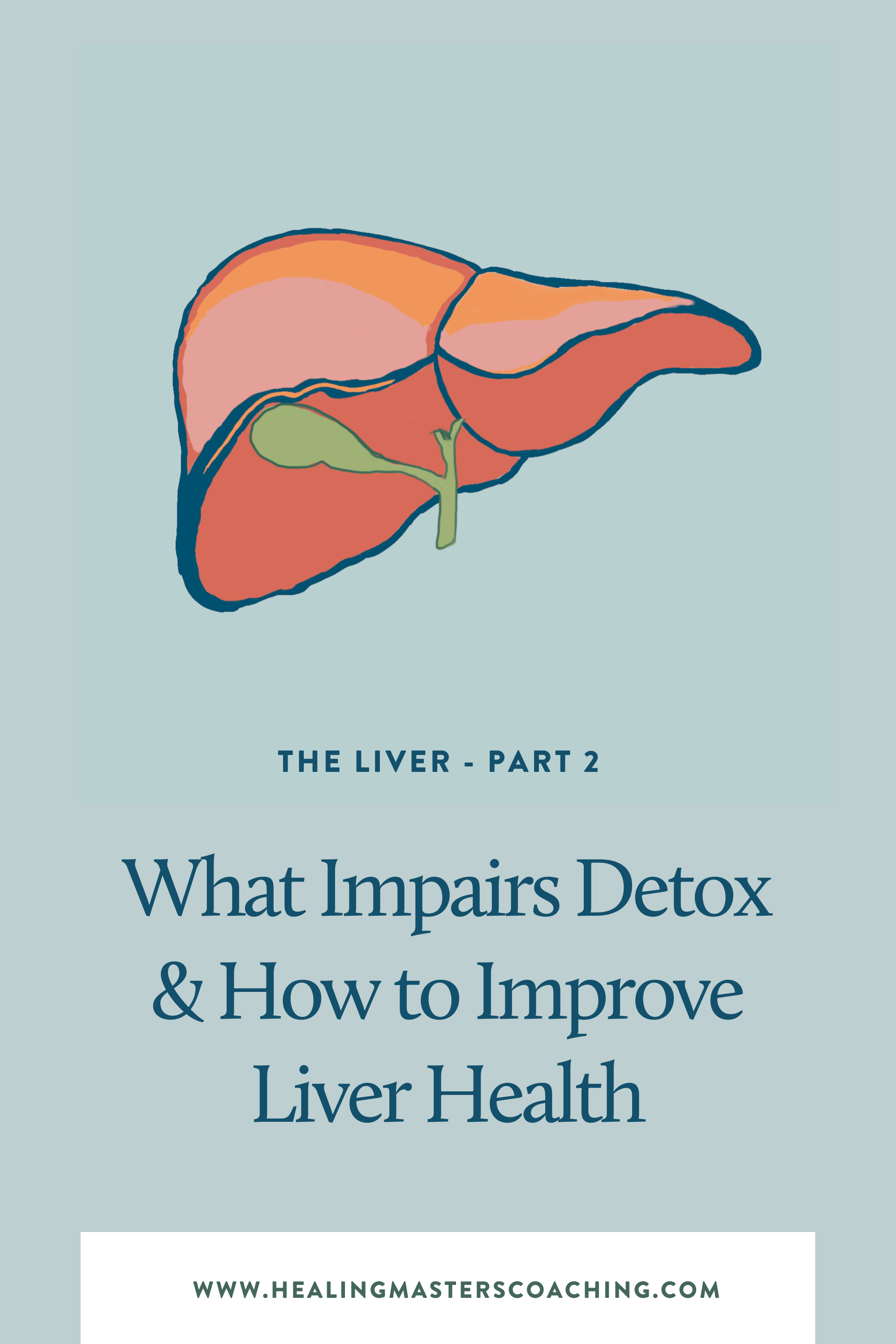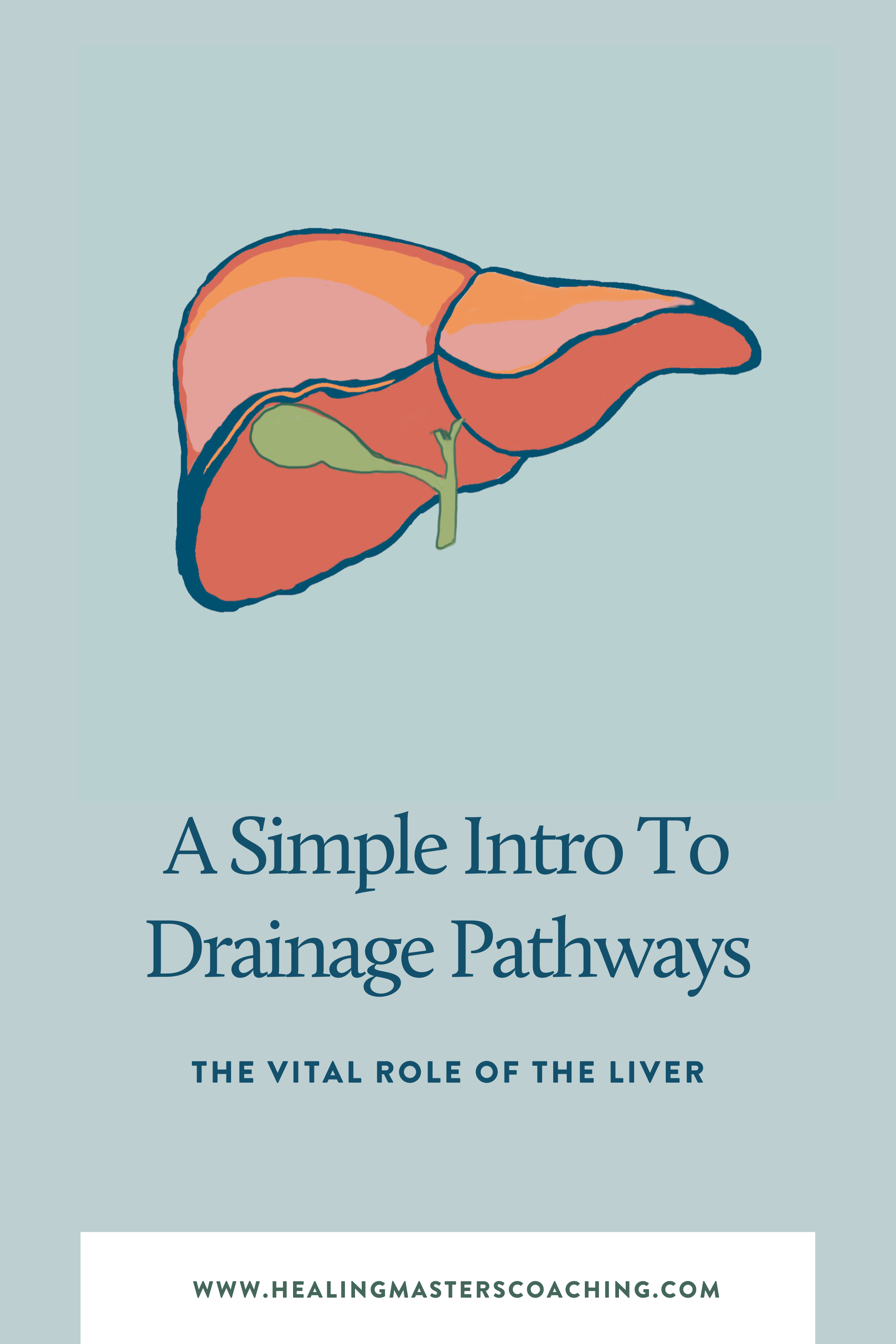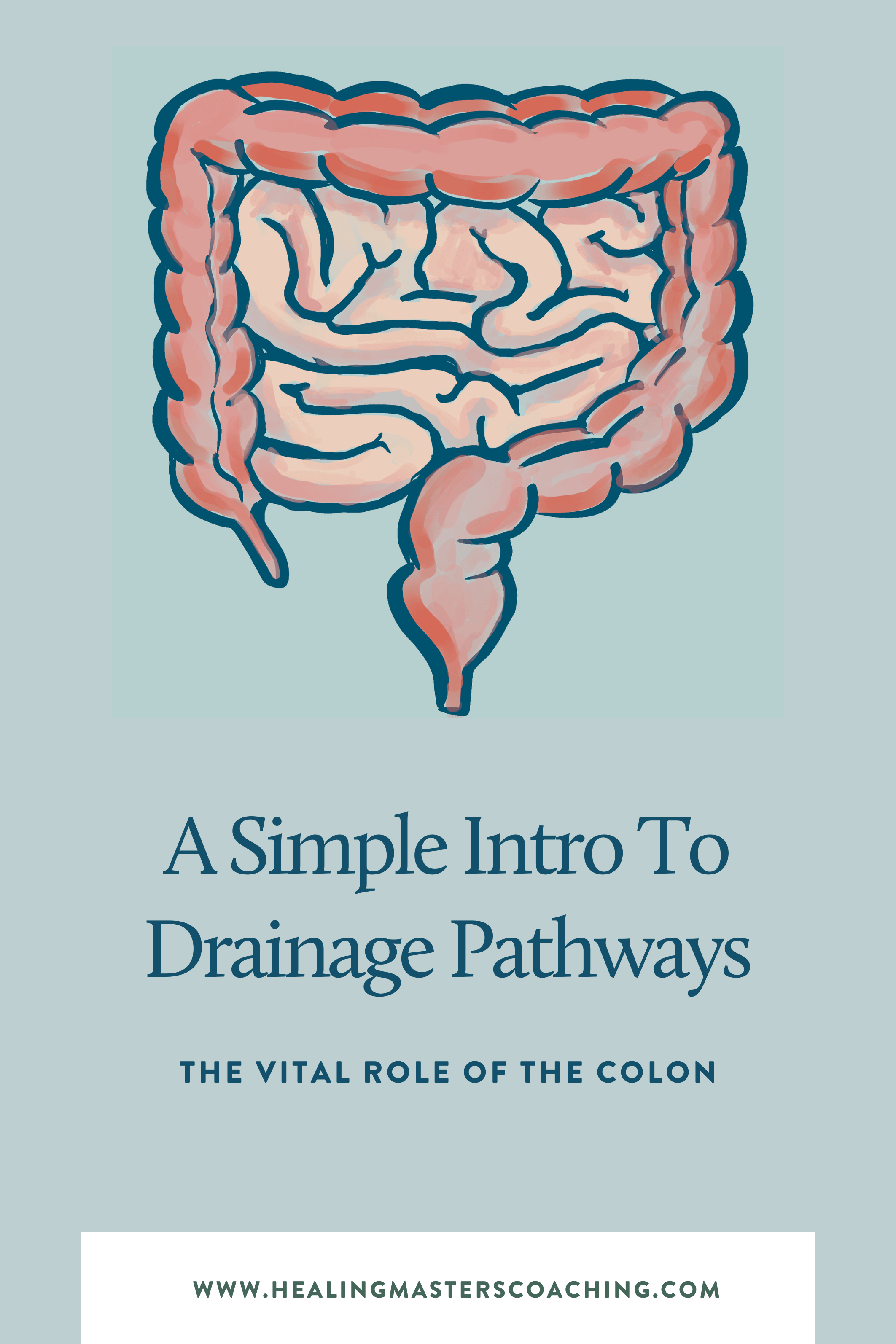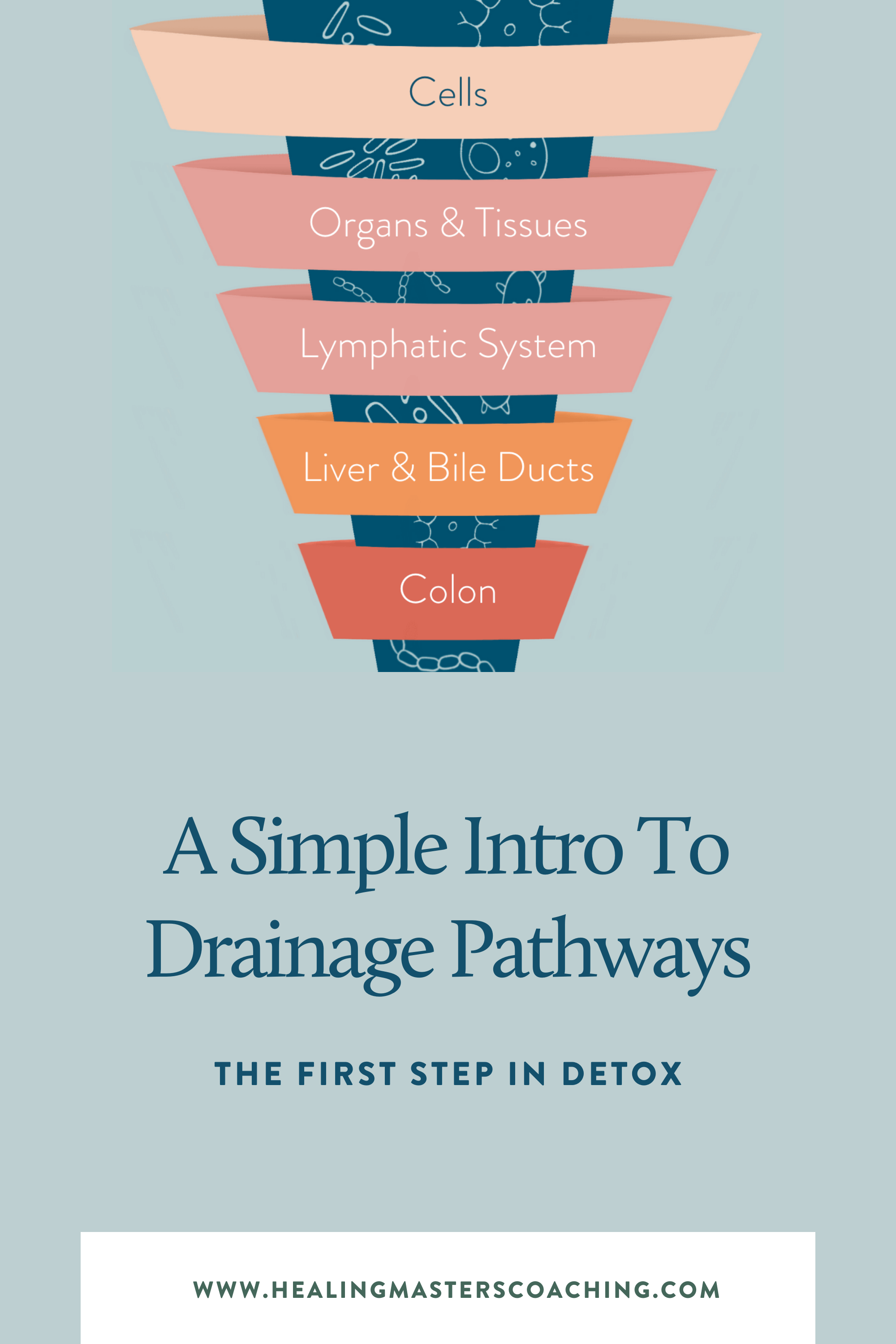A Simple Intro to Drainage Pathways: The Liver - Part 1
This is the third post in the drainage series. In our previous blogs, I covered the body’s drainage pathways, and the colon. Now it’s time to dive into the next stop in the drainage funnel: the liver. This article will cover the liver's important functions, and the phases of detoxification. If you have a mast cell disorder you’ll want to learn how to support and cleanse your liver.
Liver health is a primary focus in the functional medicine & naturopathic health fields, especially when it comes to detoxing. Once the colon is working as a healthy elimination pathway, it’s safe to start supporting the liver to perform more intense detoxification of harmful toxic substances. Removal of harmful pathogens and toxins usually restores balance to the body and is associated with more optimal health.
There are ways to enhance the liver’s natural detoxification ability, which can greatly improve your health and how you feel. The healthier your liver is, the cleaner your blood is, and the better your overall health will be.
Where is the Liver Located in the Body?
The liver is a larger organ that sits between the rib cage, wedged beneath the diaphragm, and seated above the stomach and small intestines. It has a unique shape like a halved circle, with two lobes that fit snugly together. Like other animal livers you may have seen, human livers are dark brown to red in color and weigh approximately three pounds.
The liver is the largest solid organ in the body. It removes toxins from the body’s blood supply, maintains healthy blood sugar levels, regulates blood clotting, and performs hundreds of other vital functions. It is located beneath the rib cage in the right upper abdomen.
What is the Liver’s Function in the Body?
The liver is responsible for over 500 functions in the human body. Some of the most important of them include detoxification, the production of bile, and the synthesis and removal of cholesterol. The liver also is responsible for processing ammonia to urea, processing drugs and other toxins from the blood, processing hemoglobin (red blood cells), regulating blood clotting, regulating blood levels of amino acids, resisting infections, and storing glycogen when there is excess glucose (sugar) present helping to regulate blood sugar.
The most known function of the liver is detoxification, in which it processes toxic compounds so they can be removed from the body. Everything you consume, breathe, or absorb through your skin passes through the liver. The liver filters both internally and externally produced toxins.
Examples of internally produced toxins include byproducts of the body’s metabolism, as well as cholesterol, hormones, and pathogens. External toxins include alcohol, medications, drugs, household chemicals, garden chemicals, pesticides, insecticides, and industrial chemicals. These external toxins can enter the body through the nose, mouth, or skin, and then move into the bloodstream where they are brought to the liver to be processed for removal.
Because the liver has so many different functions within the body, it is important to ensure it is operating well and not overwhelmed by too many toxins. The problem is the liver is having to work harder than ever before because of the number of manmade toxins and chemicals we are exposed to daily. Also, to complete the phases of detoxification, the liver depends on adequate levels of multiple antioxidants, vitamins, minerals, and amino acids.
Your Body’s Drainage Funnel
The first step in opening drainage pathways is to cleanse the colon and increase the elimination of waste products from your body. A stagnant bowel causes everything upstream to back up too. The liver & bile ducts can become overwhelmed with high toxicity and infection, causing more strain to the kidneys and lymphatic system.
Related post: A Simple Intro to Drainage Pathways: The Colon
How Does the Liver Process & Remove Toxins From The Body?
Most toxic waste in the body goes through three phases of detoxification in your liver, gut, and kidney detox systems. The liver is generally considered the most important organ for detoxification, with the first two phases occurring there, and the final phase occurring in the gut, kidneys, and lymphatic system.
Phase 1 of detoxification
This occurs mostly in the liver and involves a group of enzymes known as the cytochrome P450 family. They protect your cells from damage by transforming or neutralizing fat-soluble toxins into new smaller less harmful substances (metabolites) that are water-soluble so they can enter Phase 2 of detoxification.
Phase 1 detox makes the toxins easier to excrete from the body through urine and stool. If these toxins are not neutralized in Phase 1, they can cause inflammation and damage body tissues, as the body will store the remaining harmful fat-soluble toxins in adipose tissue as a protective mechanism to encase what cannot be eliminated. This leads to higher levels of free radicals, toxic weight gain, damaged tissues, and harm to cellular DNA and RNA, increasing your risk for cancer and diseases like Parkinson’s.
Phase 1 detoxification requires many nutrients, including B vitamins, amino acids, vitamin C, zinc, vitamin A, and flavonoids. Usually Phase 1 detoxification is deactivated by external toxins like caffeine, alcohol, chemical fumes, pesticides, and medications.
Phase 2 of detoxification
This is the process of conjugation, using 6 different pathways to carry the water-soluble metabolites produced in Phase 1 out of the body through bile, stool, and urine. This is why it is so important for the colon and kidneys to be functioning well before more demanding detoxification regimens.
Phase 2 detoxification requires sulfur, amino acids, molybdenum, vitamin B12, and glutathione, which are absorbed in the gut. If you lack these nutrients in sufficient quantities, you will have sluggish phase 2 liver detox, and the harmful metabolites produced in Phase 1 will not be moved out of the body and will instead accumulate and lead to tissue damage and inflammation.
Sluggish Phase 2 detox is often the reason why you feel symptoms like brain fog, hot flashes, have difficulty losing weight, multiple chemical sensitivities, acne or rashes, and environmental allergies (like we see with MCAS). Deficiencies in this phase of detox are associated with diseases like cancer, Parkinson’s, fibromyalgia, lupus, immune dysfunction, and chronic fatigue.
Related post: Sick and Tired? A Helpful Look at MCAS and How It May Explain Your Symptoms
Phase 3 of detoxification
This is all about transportation and elimination of the Phase 2 conjugates to either your kidneys for further filtration and elimination through urine, or into your bile which dumps into your small intestine and then moves into the colon for elimination through stool.
This is why we always start with opening up drainage pathways at the bottom of the drainage funnel, focusing first on making sure you are pooping well and properly hydrated, to prevent the toxic metabolites produced in the first two phases of detox from going out the emergency hatches. Your body will use the lymphatic system and skin as elimination pathways if the kidneys and colon are overwhelmed. Lymphatic congestion is common when the colon isn’t functioning optimally.
How to Detox the Liver
Detox isn’t something done as a trendy one week “cleanse”, and should instead be viewed as a life critical process that should be supported every day. Because of how many toxins we encounter through our food, air, water, and household products, toxins accumulate more in your body and therefore requires ongoing support to avoid chronic illnesses and disease. The liver detoxes every day, but how well it does this is dependent on your lifestyle choices. As we have explained, the body does not act in a "compartmentalized" fashion but rather as a whole unit, constantly working to maintain health and balance throughout the entire body. Think about "detoxing" more as detoxification AND drainage.
Consuming adequate nutrition, reducing exposure to toxins, supporting your body’s drainage pathways, using high quality binders, and supplementing with herbs that help neutralize liver damage are our favorite detox strategies. After all, detox and drainage are like a chain reaction in the body. For example, having few or no bowel movements can cause a backup in the liver bile duct system. As such, this can prevent the lymphatic system from draining properly. If you are interested in learning more about supporting drainage in the body, you can read more information here A Simple Intro To Drainage Pathways: The First Step In Detox.
Related Posts:
A Simple Intro To Drainage Pathways: The First Step In Detox
A Simple Intro to Drainage Pathways: The Colon
The Liver - Part 2: What Impairs Detox & How to Improve Liver Health
Overcome Your Chronic Symptoms & Heal Holistically
Are you looking to get to the root cause of your symptoms? We can help you.
We use holistic approaches and functional medicine lab testing to investigate what is triggering your chronic symptoms so you can address them at their source and start to feel better faster. Our health coaches are masters at guiding the healing of multiple root causes in a personalized order that gets you wellness results that last. We also help you maintain good health and minimize your disease risks.
by sarah southerton
Certified Integrative Health Practitioner (IHP2) & Functional Medicine Health Coach
I specialize in helping people heal chronic illnesses and achieve optimal health. After my own battle with Ehlers Danlos Syndrome (EDS), Lyme disease, Mast Cell Activation Syndrome (MCAS) and Post Orthostatic Tachycardia Syndrome (POTS), I was thrust into the world of alternative medicine, herbal healing, and low-tox/low-stress living. I have since restored my health and no longer suffer with debilitating symptoms and I’m passionate about help other people who are suffering, so they can feel better a lot faster than I did. Learn more about my story →
Disclaimer: The information on this website is for general information purposes only. Nothing on this site should be taken as healthcare advice for any individual case or situation. This information is not intended to create, and receipt or viewing does not constitute, an healthcare professional-patient relationship. We do our best to keep information accurate and up to date, however mistakes do happen, and we cannot make guarantees regarding the accuracy of our information. We are not liable for any information on this website or your reliance upon it.






